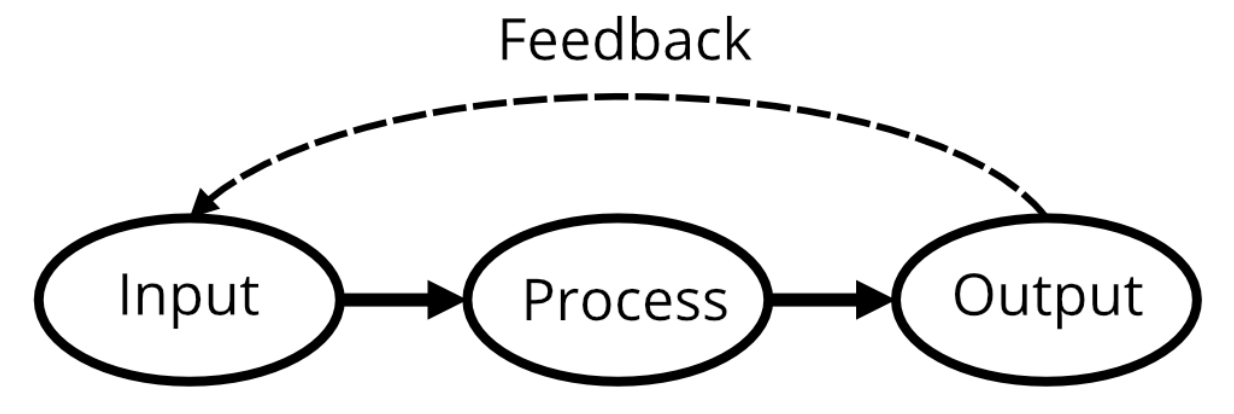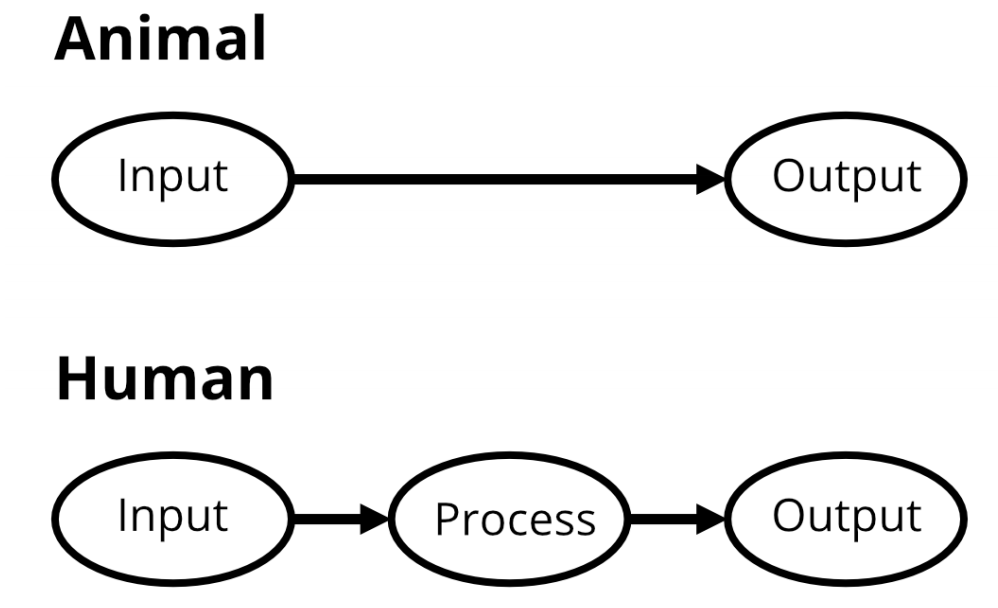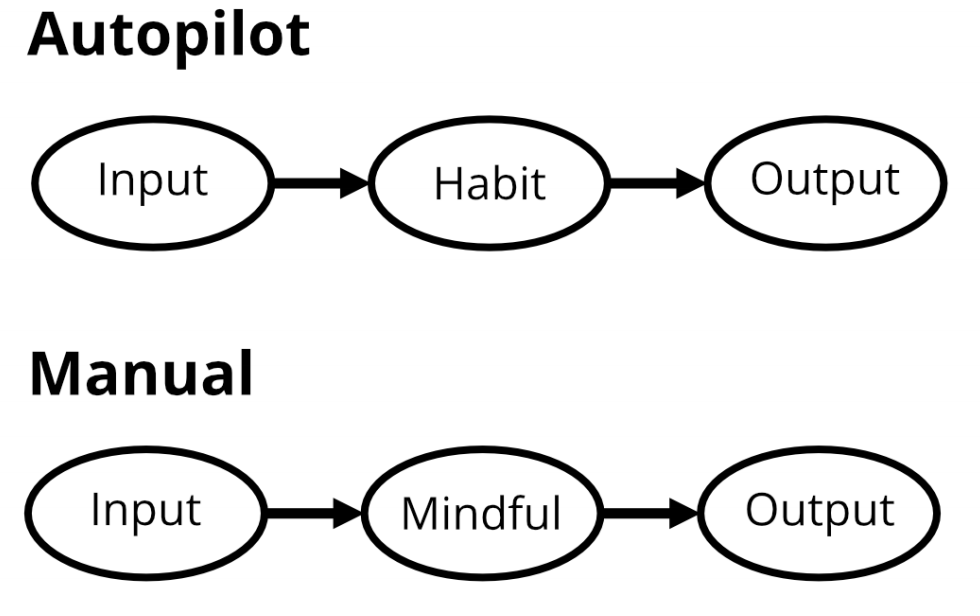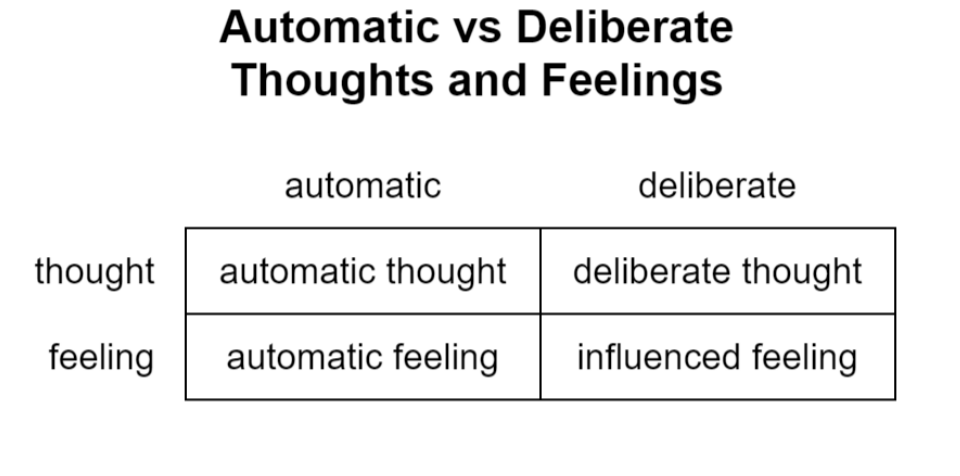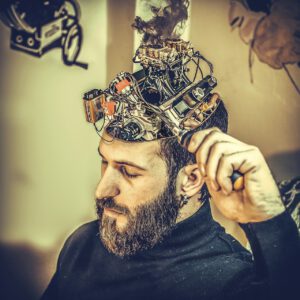
Casey Watts studied neurobiology at Yale University, and is the co-author of several neurobiology papers. He has also worked in software development for 10 years, including at Heroku. His first book, Debugging Your Brain, brings together two parts of Casey’s background: psychology and software development. Below is an excerpt:
Q3 2020 hedge fund letters, conferences and more
Debugging Your Brain
To understand a system as complex as the human mind, it is helpful to start with a simple model, and build it up from there. One of the simplest and most common models is the The Input Process Output Model, or IPO Model, which contains the three parts of its name: input, process, and output. Sometimes a feedback loop is also added.
A textbook example of the IPO Model is the thermostat in your home. It works like this:
- Input: The thermostat measures the temperature of the room.
- Process: The thermostat compares that temperature to the set temperature, determining if it is above or below the temperature you set.
- Output: The thermostat then toggles the heater on or off accordingly.
- Feedback: The temperature of the room changes, and the cycle repeats, giving a new input to the system.
Now for a software example: imagine a program that reverses the letters in a word you give it. You write “apple” and it writes back “elppa”. Somewhere inside the program, it reads the input word from right to left one letter at a time, and then it returns the new word it creates. The input is “apple”, the process is the transformation inside.
Most actual programs are more interesting than this. Programs are often composed of many smaller “functions” that each take an input and produce an output. Many programs have hundreds or thousands or even more interrelated functions.
Systems Thinking & Conscious Thought
We can use the IPO model to model brains, too! The simplest form of this is just an input and an output. Imagine a simple model of an animal that says they do not really think — they just respond to their environment. This simplified model represents the animal as just inputs and outputs, ignoring what goes on in between. Here is an example:
In a classic experiment, a dog is trained to associate a bell being rung with being fed. After many rounds of ringing a bell when the dog is fed, the dog is conditioned to associate the two. With this conditioning, every time the bell rings, the dog salivates — even when there is no food around. The dog does not have to decide whether to salivate. Salivation is an automatic reaction the dog has to an external stimulus. This phenomenon can be referred to as Pavlovian conditioning or classical conditioning.
In this simplified model, we can imagine that there is no conscious process going on inside the animal, focusing instead on the inputs and outputs. In contrast, we often believe we humans always have conscious thought — that we think thoughts and feel feelings in a conscious way all of the time.
This model is perhaps too generous to humans. We humans are not always aware of what goes on inside our heads, like when we are on autopilot. When we are on autopilot, the earlier input-output model we used for Pavlov’s dog seems more appropriate. When we are letting habits run things, the process part is not really under our control.
And when we are mindful, we are not letting autopilot run things. When we are mindful, we can be consciously aware of our thoughts and the process part of our mind. When we wield a mindful state, we have more influence over the output, our actions, as well.
The focus for the models we have diagrammed here is to point out that we can activate a mindful process between our inputs and outputs to consciously choose how we act.
Consciously changing our thinking patterns in this manual, mindful state can absolutely influence our habits. Once something is a habit, we do not have to think about it during every little interaction. This is the power of debugging your brain – reprogramming yourself.
Automatic vs Deliberate Thoughts and Feelings
Automatic inputs are ones you cannot control, they happen “to” you. From the perspective of your consciousness automatic thoughts and automatic feelings are inputs.
When you are being mindful, you can actively choose to have deliberate thoughts and influence your feelings. You can probably imagine how to have a deliberate thought — you just think it!
Feelings are partially within your influence, but not within your direct control. You cannot will yourself to experience a specific feeling directly. You can, however, influence your feelings based on deliberate thoughts you think. This influenced-feeling is partially deliberate.
Avoiding A Downward Spiral
Sometimes these thoughts and feelings can cause a troublesome feedback loop — a downward spiral. A downward spiral is a feedback loop of negative thoughts, leading to negative feelings, leading to more negative thoughts, and so on. Both automatic ones and deliberate ones can affect this.
For example, that time when I stepped in a puddle on my way to a tech event. That made my already-bad mood even worse. I heard myself automatically think something like “Ugh, I’m stupid,” and that kicked off a downward spiral for me.
A downward spiral like this is usually counterproductive. It makes you feel worse and it distracts you from focusing on things that are more important. We generally want to avoid downward spirals. Some exceptions are covered later in this book, like when you want to get yourself worked up to have the energy for something.
If you can effectively influence your mind, you can often control whether you let this happen to yourself or not. You will become more effective, think more clearly, and choose a better response more often.
About Casey Watts
Casey studied neurobiology at Yale University, and he is the co-author of several neurobiology papers. He has also worked in software development for 10 years, including at Heroku. His first book, Debugging Your Brain, brings together two parts of Casey’s background: psychology and software development. Casey loves fostering community, most recently organizing community bubble-blowing events in his adopted city of Washington, D.C.
The post How to apply systems thinking to “debug” your brain like a computer appeared first on ValueWalk.

